
Future fuel for cars
A fuel is a substance that can be converted by combustion or other process so that useful energy is released. The most common process is combustion, but it can also be another chemical reaction. In order for a fuel to be useful, the energy must be economically and technically feasible. The energy of a fuel must also be stored for a reasonable period of time, and often the energy must also be produced so that it can be converted into work.
With regard to fuel for cars, the longest has been the most common with petrol or diesel fuels. There are alternatives to biofuels such as biogas and ethanol (alcohol) primarily for passenger cars as well as RME and HVO, which is biodiesel. RME produced by chemical refining of rapeseed oil using methanol is used primarily as fuel in buses and lorries. HVO, a diesel fuel produced from vegetable oils, can be used by all diesel cars. Then we also have electricity, right now, there are cars that can be powered by electricity that is most on the Swedish market.
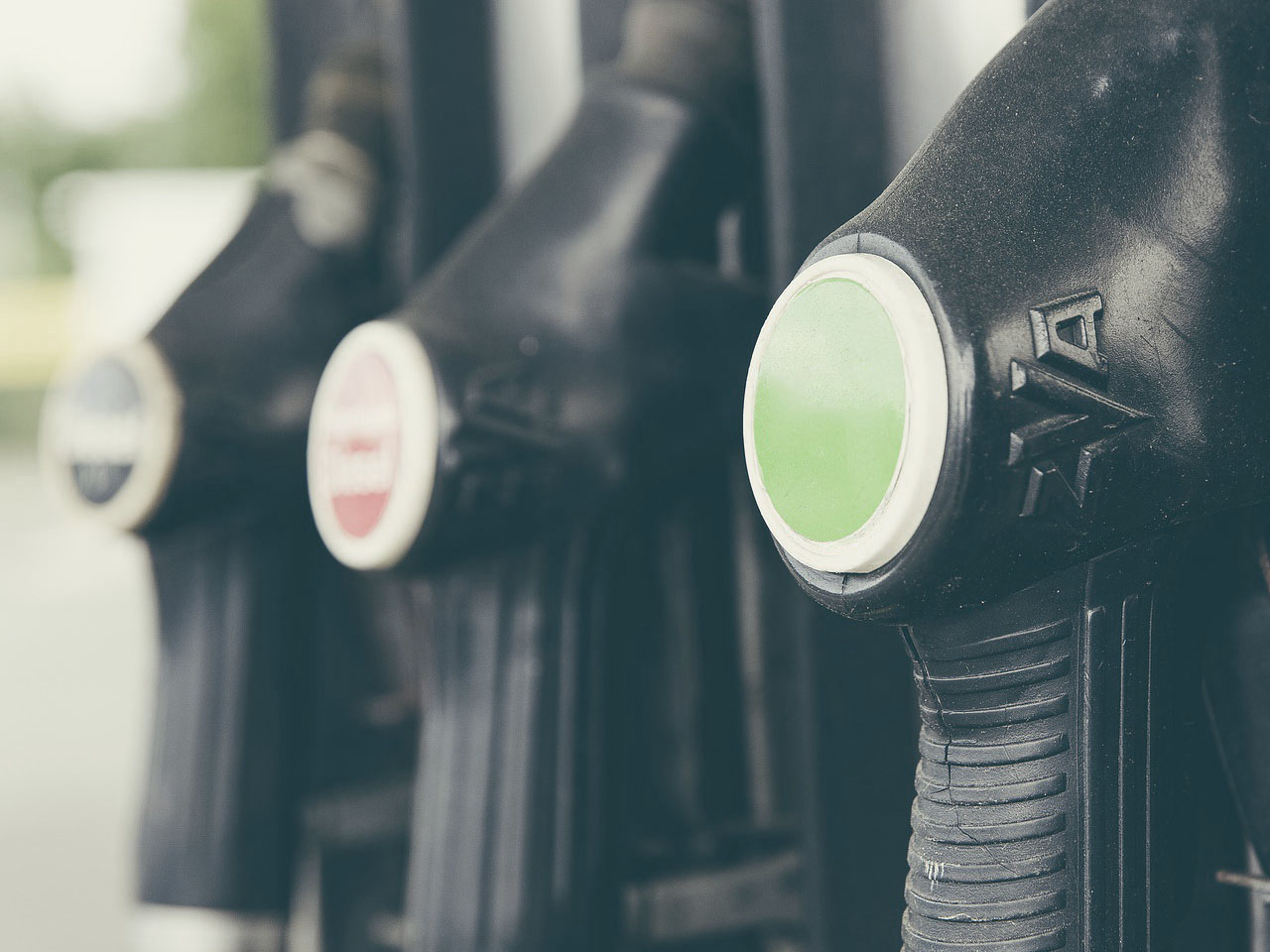
Petrol
Petrol is used primarily as motor fuel, but also as solvent (a highly refined petrol with very low aromatic content). It is usually manufactured from crude oil, but it is possible to manufacture gasoline from other sources such as natural gas, coal or biomass. The absolute greatest use of gasoline is as fuel in smaller engines (from single to thousands of kilowatts), in mopeds, motorcycles, passenger cars and propeller aircraft. Prior to the breakthrough of the gas turbine, gasoline was used primarily for stain removal, drainage, lamp oil and more.
The benefits of petrol cars when compared to diesel cars, both using fossil fuels, are that the engines are quiet and vibration-free, and in addition, the cars have lower prices but also a lower depreciation. Gasoline-powered cars rely on technology that has been around for centuries and has been refined continuously over the years. The disadvantages of the gasoline car are that it is not as twisted as the diesel engines are, and fuel consumption is higher than it is for diesel cars.
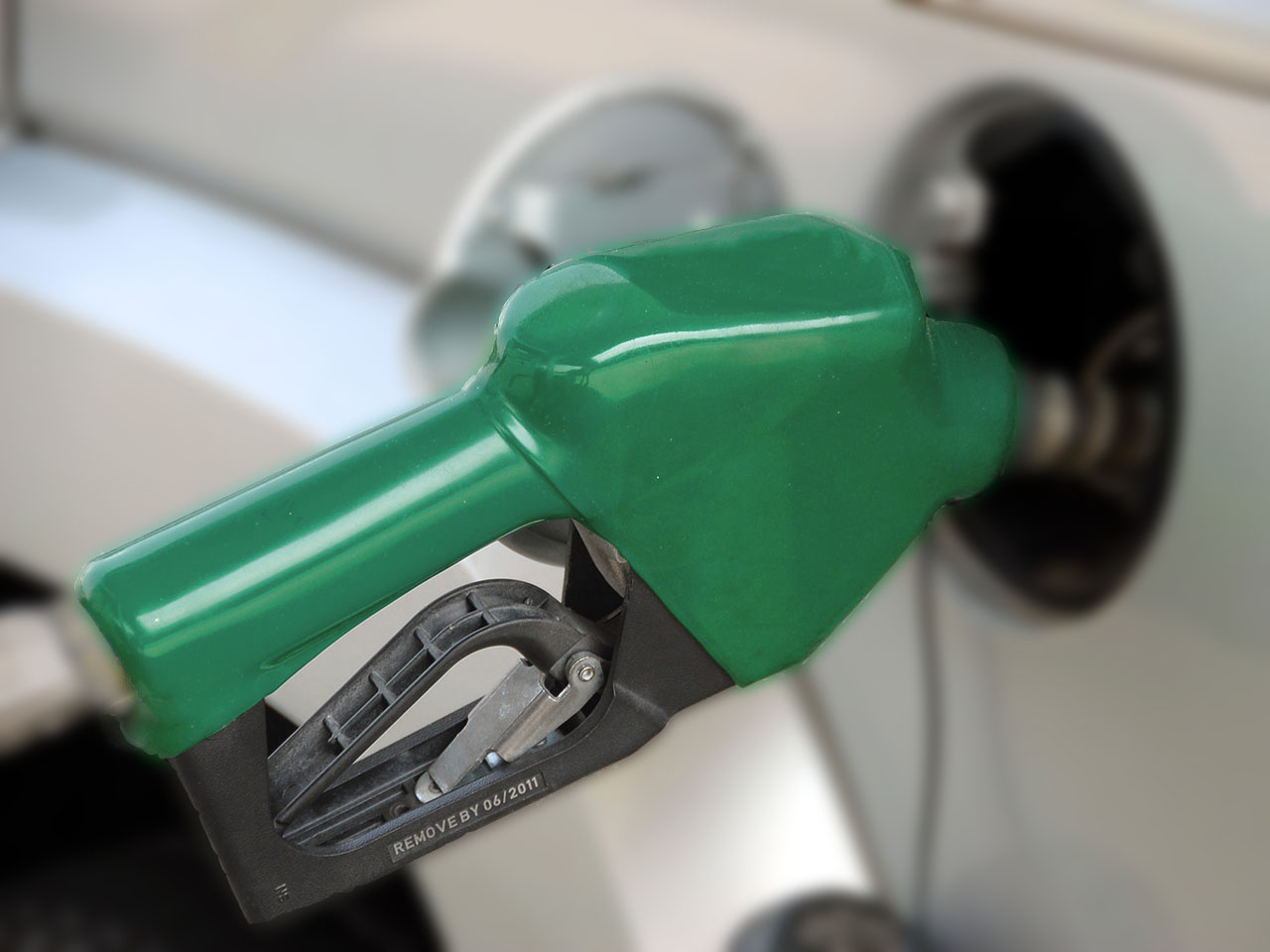
Diesel
Diesel oil (often called diesel) is a petroleum-based propellant used in engines whose ignition is based on compression instead of spark. The name comes from Rudolf Christian Karl Diesel (1858-1913), a German engineer who invented the diesel engine. Diesel oil consists mainly of hydrocarbons having between 10 and 22 carbon atoms. It usually has a cetantal of at least 45 and is made mostly with petroleum (crude oil) as raw material. Diesel oil is produced on oil refineries from crude oil-based hydrocarbon fractions, also known as "gas oil", "medium distillate" or "petroleum distillate".
Advantages of diesel cars when compared to petrol cars using both fossil fuels are that they have higher efficiency, which means lower fuel consumption. Diesel engines are often heavier built than gasoline engines, which gives the diesel engine a longer service life. Disadvantages are the high emissions of particles, nitrogen oxides and hydrocarbons. Nitrous oxide releases, among other things, cause asthma attacks and lung function reduction, and contribute to soil damage, harmful ozone formation, eutrophication and acidification. One attempt to address these problems is to use particle filters and catalysts.
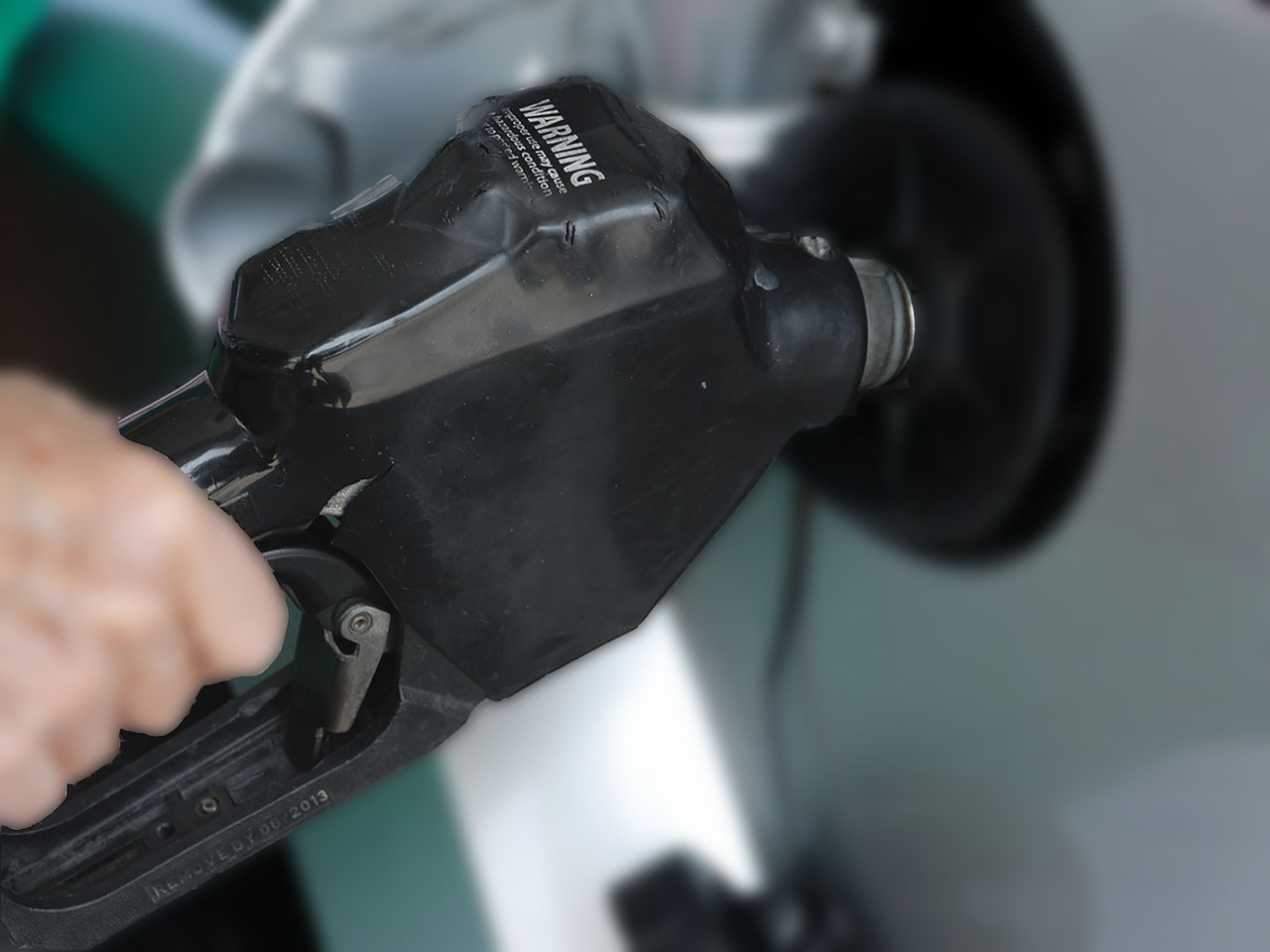
Electrical Energy
An electric motor converts electrical energy into mechanical energy (motion energy). The reverse function, converting mechanical energy into electrical energy, is accomplished by a single generator. Engines, for example, used for cars, trucks and electric locomotives often have the dual task when they generate power when braking. In households, electric motors are used for fans and washing machines.
The electric cars are sold with the biggest argument that they are more environmentally friendly than for example. gasoline and diesel, in addition to this, the car is completely quiet and has almost no wear parts requiring maintenance anything a conventional car has. Electric cars reduce the consumption of fossil fuels and, consequently, carbon dioxide (CO2) emissions, provided that electricity production produces lower emissions than the corresponding internal combustion engines in cars. In Sweden, the majority of electricity comes from hydropower, nuclear power and a small part from other renewable sources. Electric cars can also help to balance the consumption of electricity over the day by allowing charging to be controlled at times when total electricity usage is low. However, depending on the battery type, the batteries may contain some environmentally hazardous substances, and they should therefore be recycled in a controlled manner when consumed.
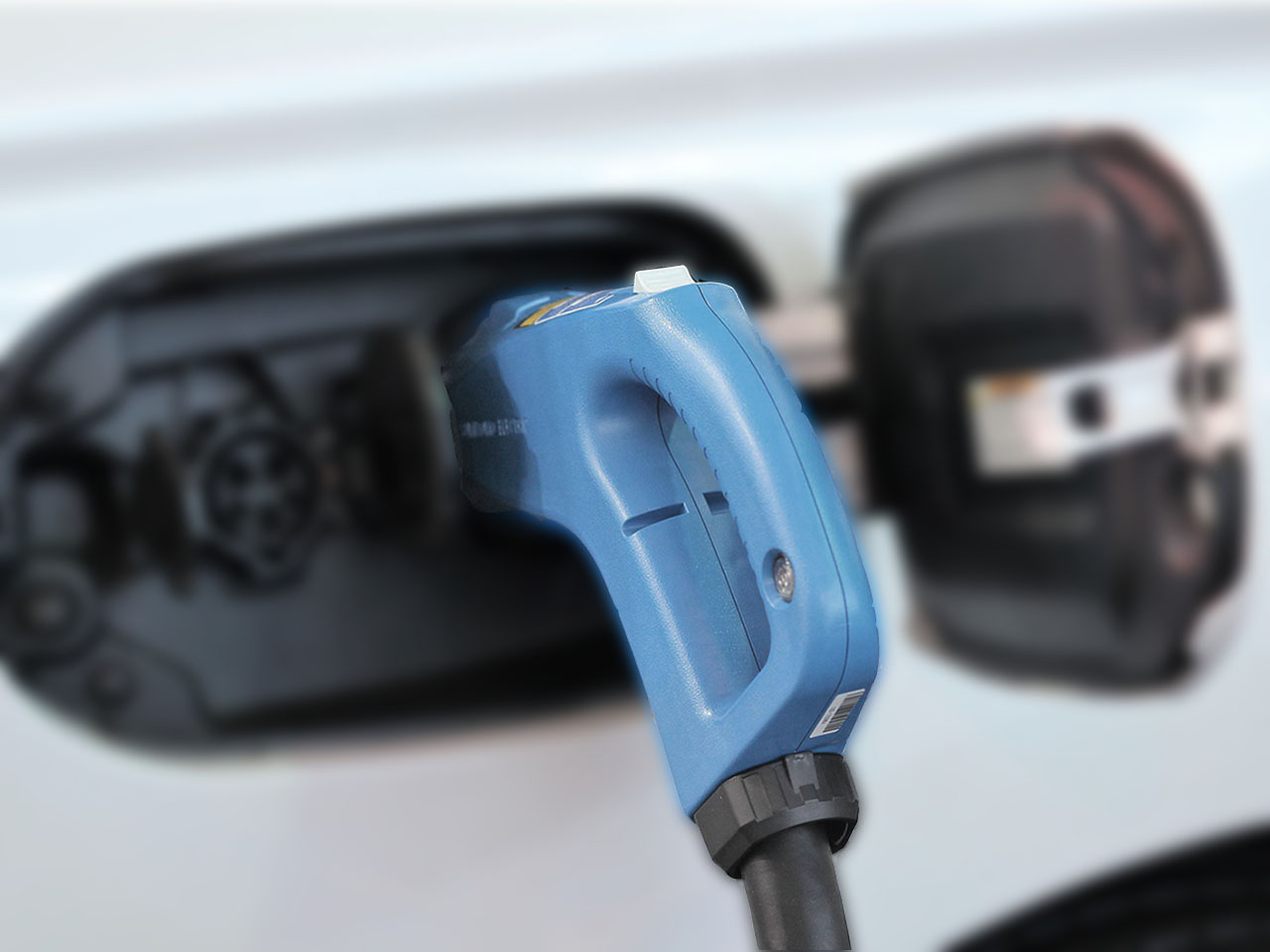
Ethanol
Ethanol is an alcohol that can be used as fuel for internal combustion engines in eg. passenger cars. In Sweden, for example, the E85 is sold, with about 85% ethanol and 15% petrol in the summer and 75 % ethanol and 25 % petrol in winter (but signs etc. do not change in winter but still indicate "E85"). In addition to ethanol and gasoline, this fuel also contains the denaturing agents MTBE/ETBE and isobutanol. The fuel in the E85 is, among other things, for the cars to handle cold starts easier, because preheated injectors are not used yet.
Exhausts from ethanol vehicles are relatively harmless, but combustion gases such as E85 may contain a relatively large proportion of hydrocarbons from the gasoline. Pure ethanol does not cause any harmful hydrocarbon emissions and no soot is formed in an ethanol engine. It is lower energy content in ethanol, which means that you get higher fuel consumption compared to eg. petrol. Ethanol cars often have slightly higher service costs than other cars. Unfortunately, there may be poor production methods in the production of the fuel, you could produce potential food raw materials instead.
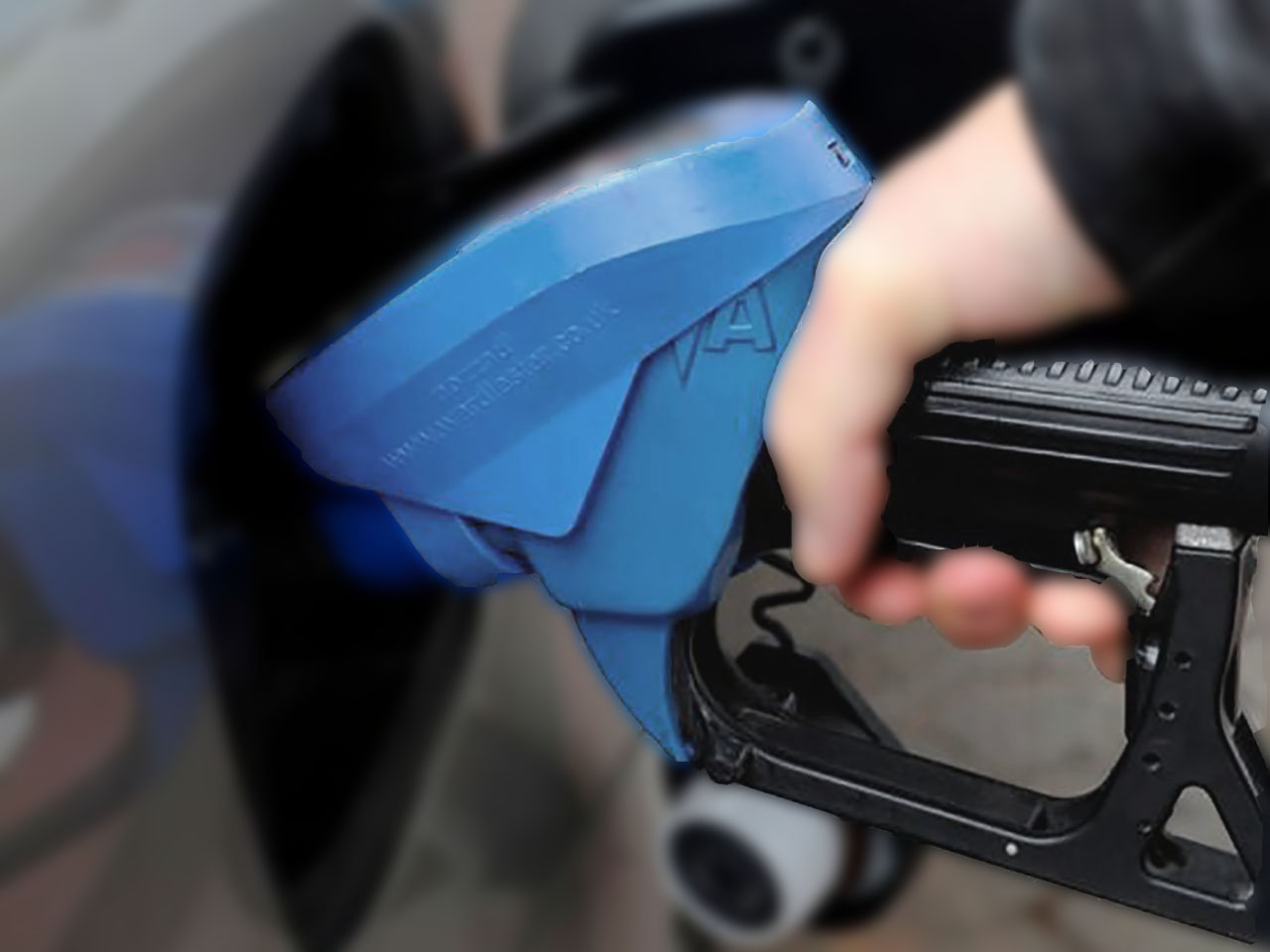
Biogas
Biogas is a gaseous biofuel formed by anaerobic decomposition of organic matter. Biogas can be extracted from a wide variety of materials, for example, on wastewater treatment plants, on landfill sites, on farms where biodegradable material is present or collected or from slaughter waste. The raw gas consists mainly of hydrocarbon methane (50-75 %) and carbon dioxide (25-50 %) as well as minor amounts of impurities such as hydrogen sulphide, hydrogen sulfide and ammonia. In order to be used in vehicles, the gas needs to be refined so that the methane content increases and the other substances decrease.
Gas cars have, in principle, common petrol engines that are supplemented with a separate gas fuel system. Special pressure vessels are used where the gas is compressed to a maximum of about 200 atmospheres (206 kg/cm²) pressure. Pure biogas reduces CO2 emissions by about 80 % compared to gasoline, and other emissions by about 70 %. Gas cars have about 1-4 crowns lower mileage compared to gasoline cars, but it is shorter gas coverage compared with gasoline. Petrol stations are expensive to build, about 150 stations in Sweden, and it is higher purchase costs for the vehicles compared to petrol vehicles. Worth noting is that about 40 % of all vehicle gas fueled in Sweden is fossil natural gas.

The Future
The near future is probably that cars/vehicles only have electric motors and battery, no hybrid options so you have to have some type of internal combustion engine left. There are already several companies/cars that have this concept, BMW i3, Hyundai Ioniq, Nissan e-NV200, Nissan Leaf, Renault Zoe, VW e-Golf or Tesla to name a few. At present, I do not believe in hydrogen-fueled fuel cell cars that are also electric cars. Few gas stations in Sweden today, only four pieces and only about 40 registered hydrogen cars make it no alternative now. There are many reflections and uncertainties regarding electric cars and their batteries, please watch this short film from the Swedish Energy Agency so you may be able to get answers to your questions.
/ Anders